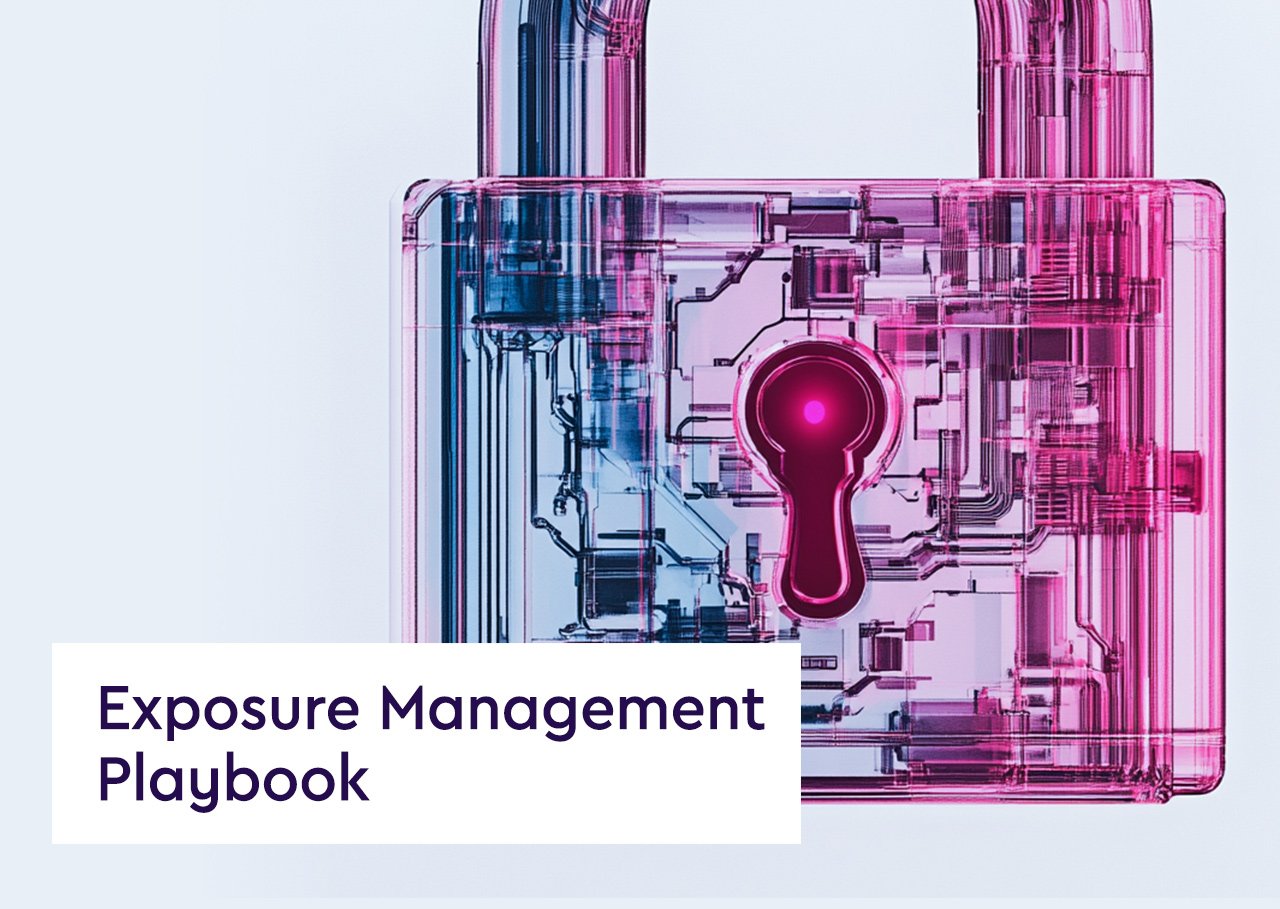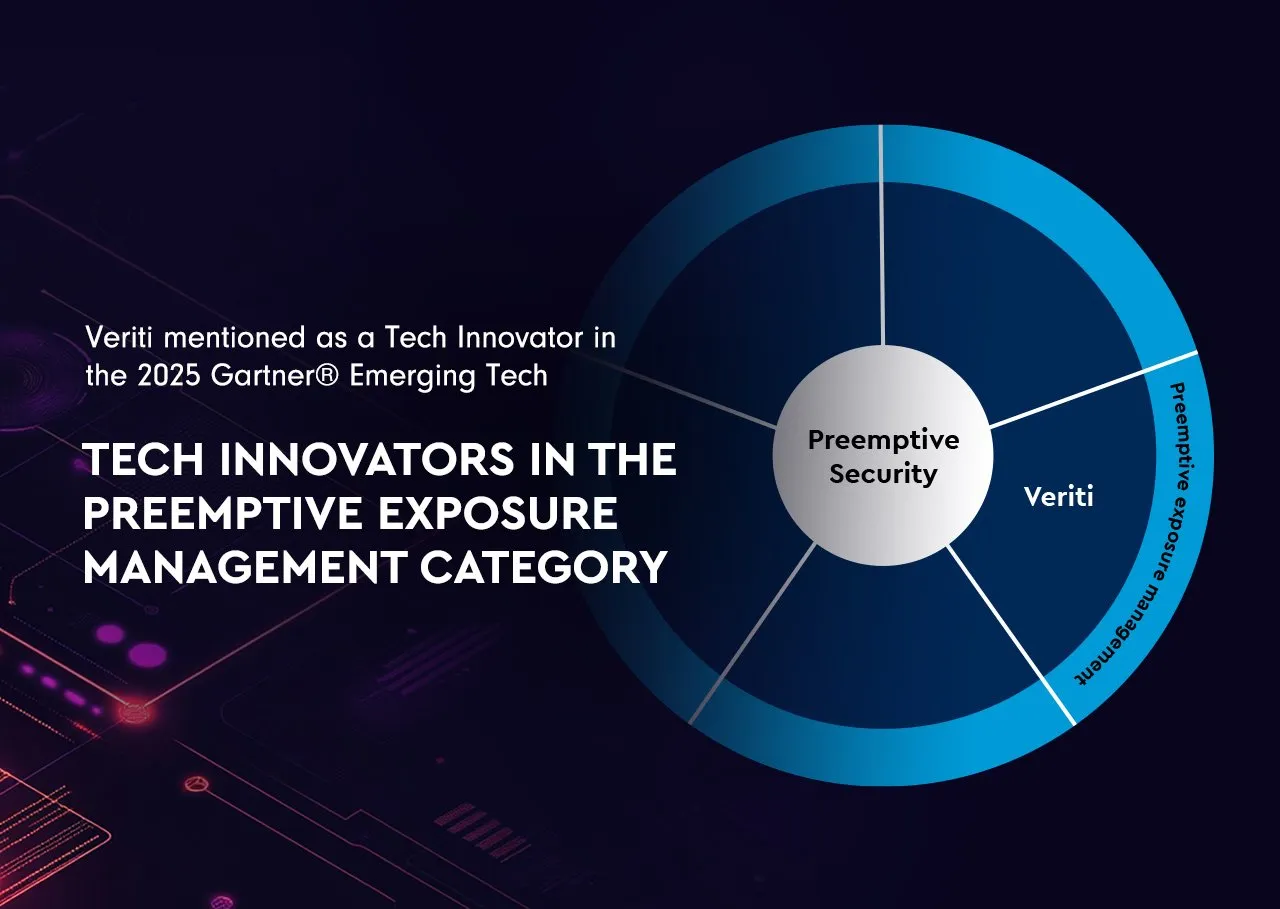Definition: Secure Access Service Edge (SASE) is a network architecture that combines comprehensive WAN capabilities with cloud-native security functions. The SASE model converges networking and security into a single, unified cloud service to deliver secure access to applications anywhere users are located. By integrating functions like SD-WAN, firewall-as-a-service (FWaaS), secure web gateway (SWG), and zero trust network access (ZTNA), SASE aims to provide flexible, scalable, and secure internet access for enterprises.
Key Components of SASE:
- SD-WAN: Software-defined wide-area networking that allows dynamic path selection for traffic across multiple locations, optimizing connectivity and performance.
- Firewall-as-a-Service (FWaaS): Cloud-based firewall solutions that provide advanced threat protection, intrusion prevention, and filtering.
- Secure Web Gateway (SWG): Filters unwanted software/malware from user-initiated web/internet traffic and enforces corporate policy compliance.
- Cloud Access Security Broker (CASB): Security policy enforcement points that ensure network traffic between cloud users and cloud applications remains secure.
- Zero Trust Network Access (ZTNA): Provides secure remote access to an organization’s applications based on strict identity verification, without placing users on the corporate network.
Importance of SASE:
- Enhanced Security: Integrates various security services to provide comprehensive protection against advanced threats.
- Improved Network Efficiency: Optimizes network traffic and improves performance with SD-WAN technology.
- Scalability and Flexibility: Scales easily to meet changing business needs and supports a global, remote workforce.
- Reduced Complexity: Consolidates multiple security and networking functions into a single integrated platform, simplifying management and reducing costs.
Challenges in Implementing SASE:
- Migration Complexity: Integrating existing network and security architectures with a SASE model can be complex and time-consuming.
- Vendor Lock-in: Dependence on a single vendor for both networking and security services may lead to challenges in flexibility and pricing.
- Security and Compliance: Ensuring that all integrated services comply with industry standards and regulations.
Best Practices for SASE Implementation:
- Strategic Planning: Define clear objectives and develop a phased implementation strategy to integrate SASE smoothly.
- Choose the Right Partners: Select vendors that offer comprehensive solutions and demonstrate a clear roadmap for SASE capabilities.
- Continuous Monitoring and Optimization: Regularly review and optimize SASE configurations to ensure they meet evolving business and security needs.
- Training and Change Management: Educate staff on the new tools and processes introduced by SASE to maximize its benefits.
Secure Access Service Edge represents a forward-thinking approach to enterprise networking and security, addressing the needs of an increasingly decentralized workforce and the widespread adoption of cloud services. By merging networking and security into a cohesive service, SASE not only enhances security and performance but also simplifies management and supports dynamic business requirements.




